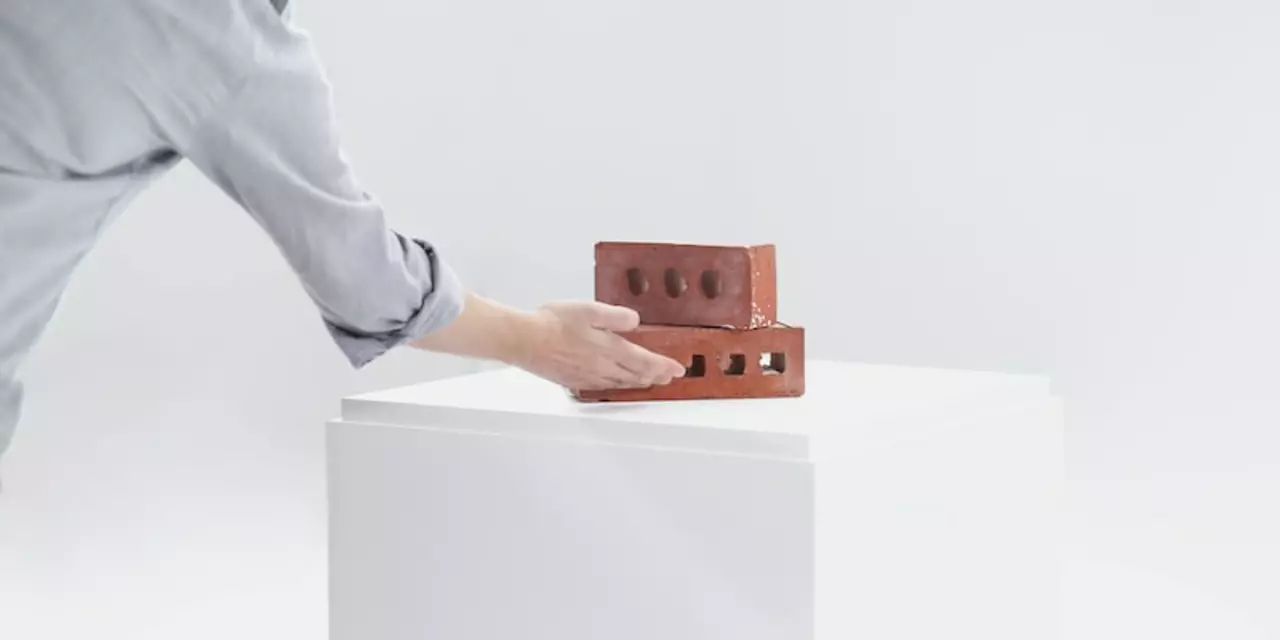Film Production Resources: Car Set Piece or Prop?
Ever stared at a movie car and asked yourself, "Is this a set piece or just a prop?" You’re not alone. The answer changes how you plan, budget, and insure the shoot. Below we sort out the basics and give you a quick checklist you can use on any set.
When a Car Becomes a Set Piece
A car turns into a set piece when it does more than sit on a table. If the vehicle drives through a chase, carries a main character, or is tied to a key plot twist, it’s part of the story’s skeleton. In these cases the crew treats the car like a location – you’ll need a dedicated driver, stunt coordinator, and possibly multiple copies for different shots.
Think about the opening race in "Fast & Furious". The cars aren’t just props; they are the heart of the scene. You’d schedule extra rehearsal time, lock down permits for public roads, and allocate a larger portion of the budget to cover fuel, wear, and insurance.
When a Car Is Treated as a Prop
If the vehicle simply fills the background, adds a visual cue, or appears in a quick cut, it’s a prop. The car might sit in a parking lot while characters walk by, or be shown in a close‑up to hint at a character’s lifestyle. In these moments you don’t need a driver; you just need a clean, static vehicle that looks the right brand and model.Prop cars are often rented for a day, dressed with decals, and then moved with a dolly or a crane if a small motion is required. Because they aren’t central to the action, you can often use a duplicate or a low‑cost replica to keep expenses down.
Now that you know the difference, here are a few practical tips to keep your production running smoothly.
1. Identify the role early. During script breakdown, mark every car as either "Set Piece" or "Prop". This simple step tells the assistant director what paperwork to start on and alerts the budget team to the right cost center.
2. Match insurance to the role. Set pieces usually need full‑coverage automobile insurance, especially if they’ll be driven at speed or used in stunts. Props often qualify for a lower‑limit policy, which can save a few thousand pounds.
3. Plan for logistics. Set pieces may require a garage, mechanical crew, and tow trucks. Props generally just need a parking spot and a crew to keep them clean between takes.
4. Allocate budget wisely. A set‑piece car can eat up 10‑15% of a mid‑size film’s production budget. Prop cars are usually 1‑3%. Knowing the split helps you avoid surprise overruns.
5. Keep a checklist. Before shooting, confirm you have:
- Clear classification (set piece or prop)
- Appropriate insurance paperwork
- Location permits (if driving)
- Qualified driver or stunt coordinator (for set pieces)
- Cleaning crew (for props)
Following these steps keeps the car from becoming a roadblock. Whether it’s a roaring muscle car that drives the story or a polished sedan that adds atmosphere, treating it the right way saves time, money, and headaches.
Next time you spot a vehicle on a script, ask yourself the two questions: "Does the story rely on this car moving or performing?" and "Do we need a driver or just a static look?" Answering them early puts you on the fast track to a smoother shoot.
